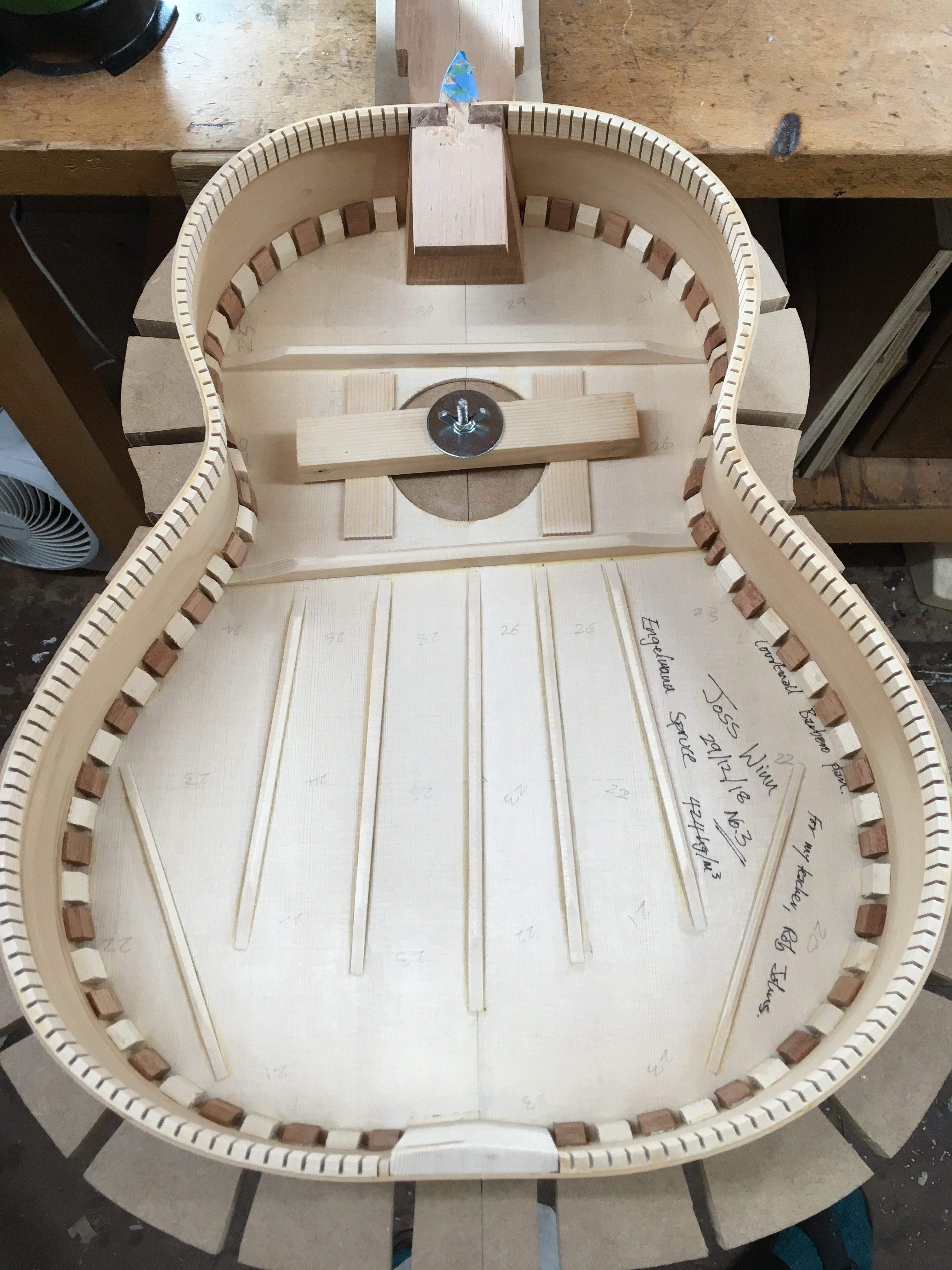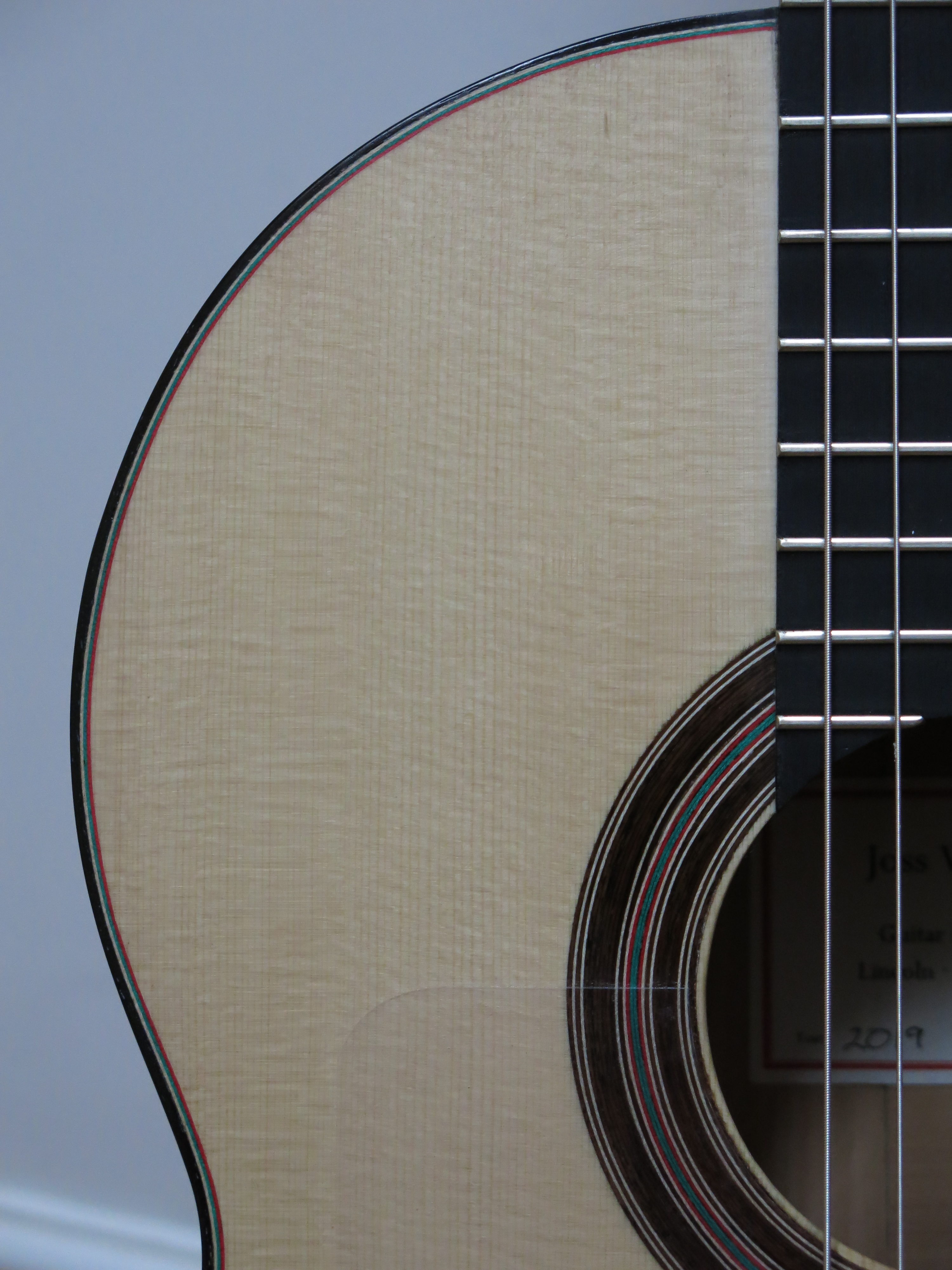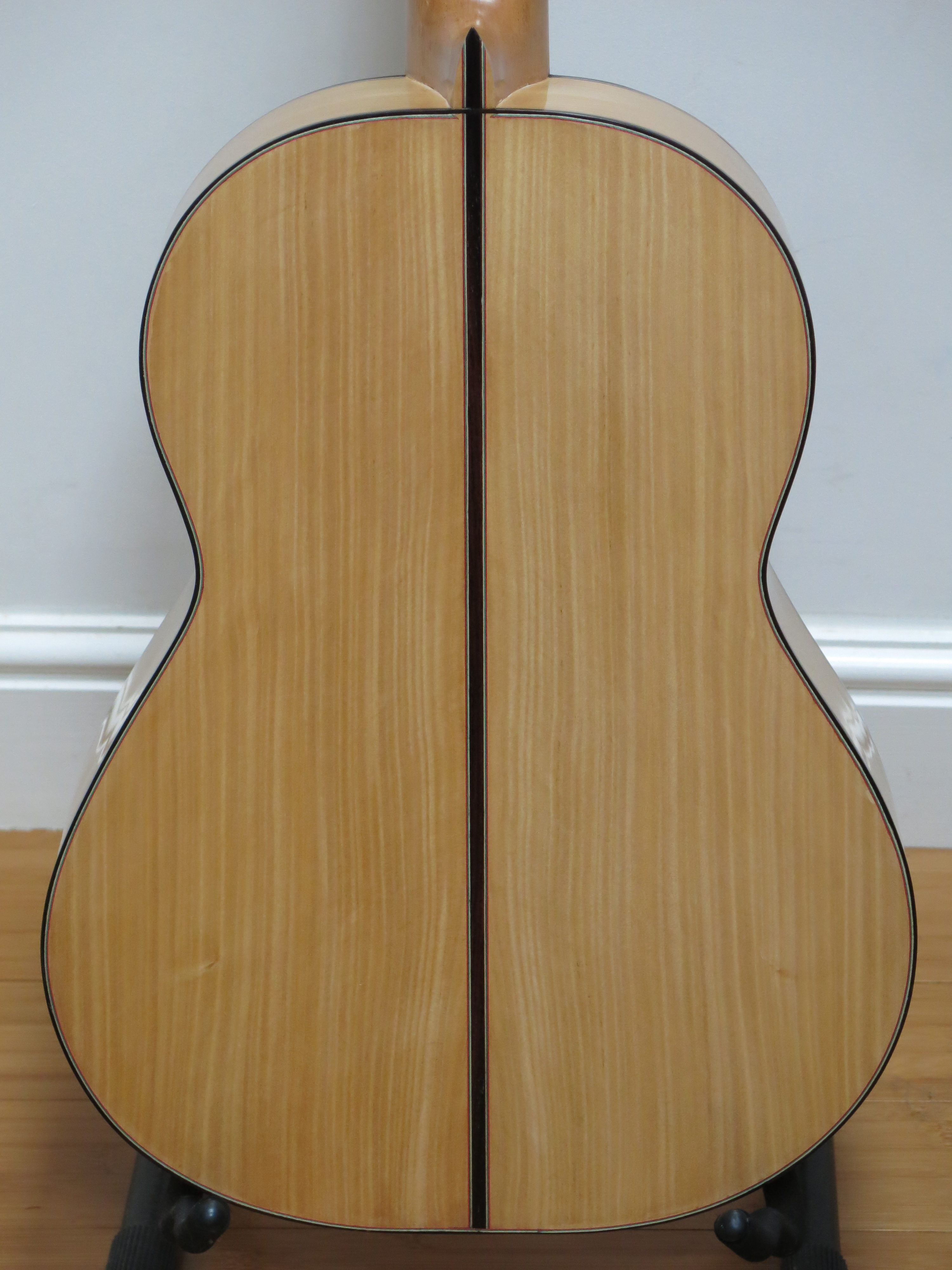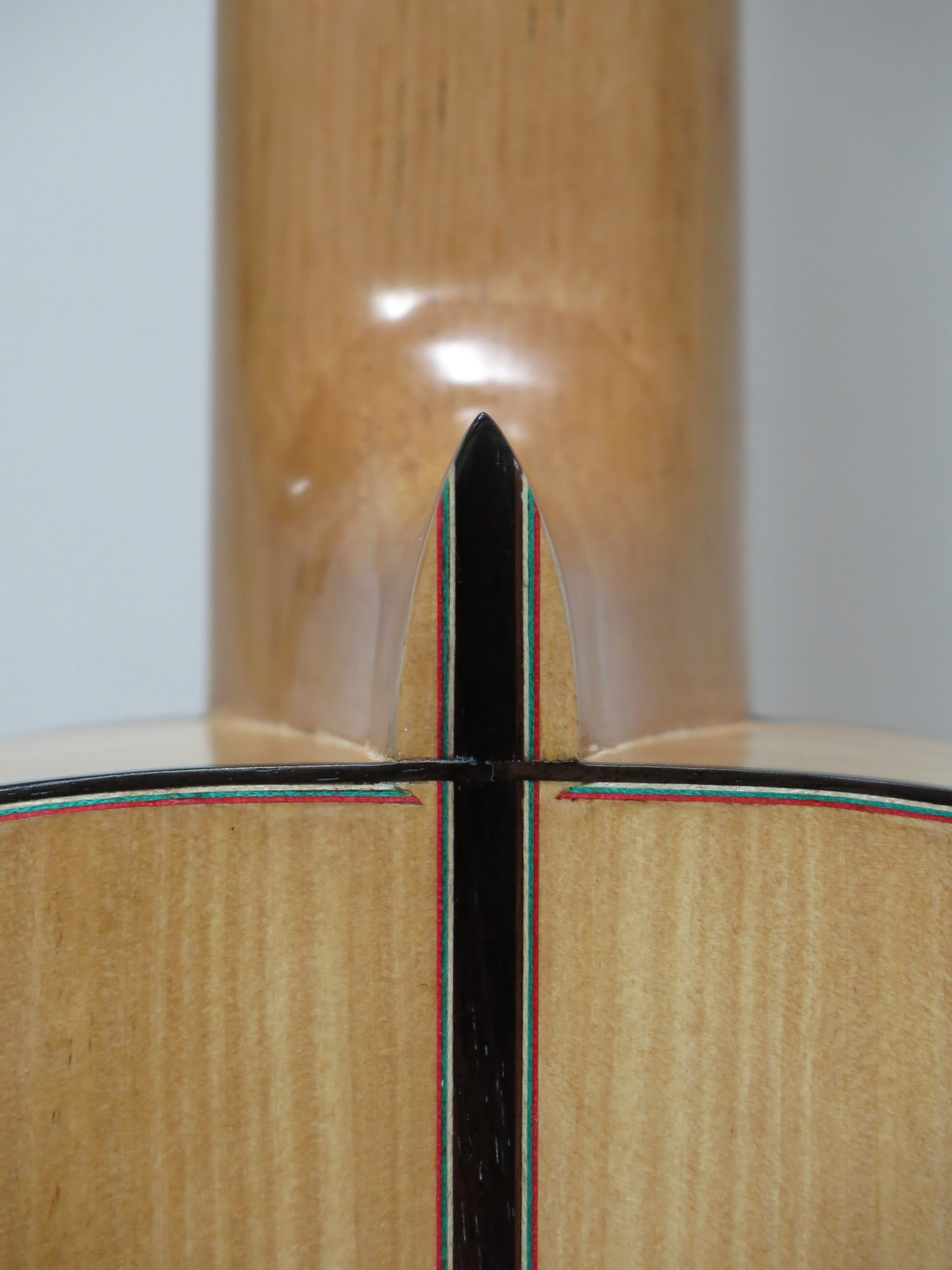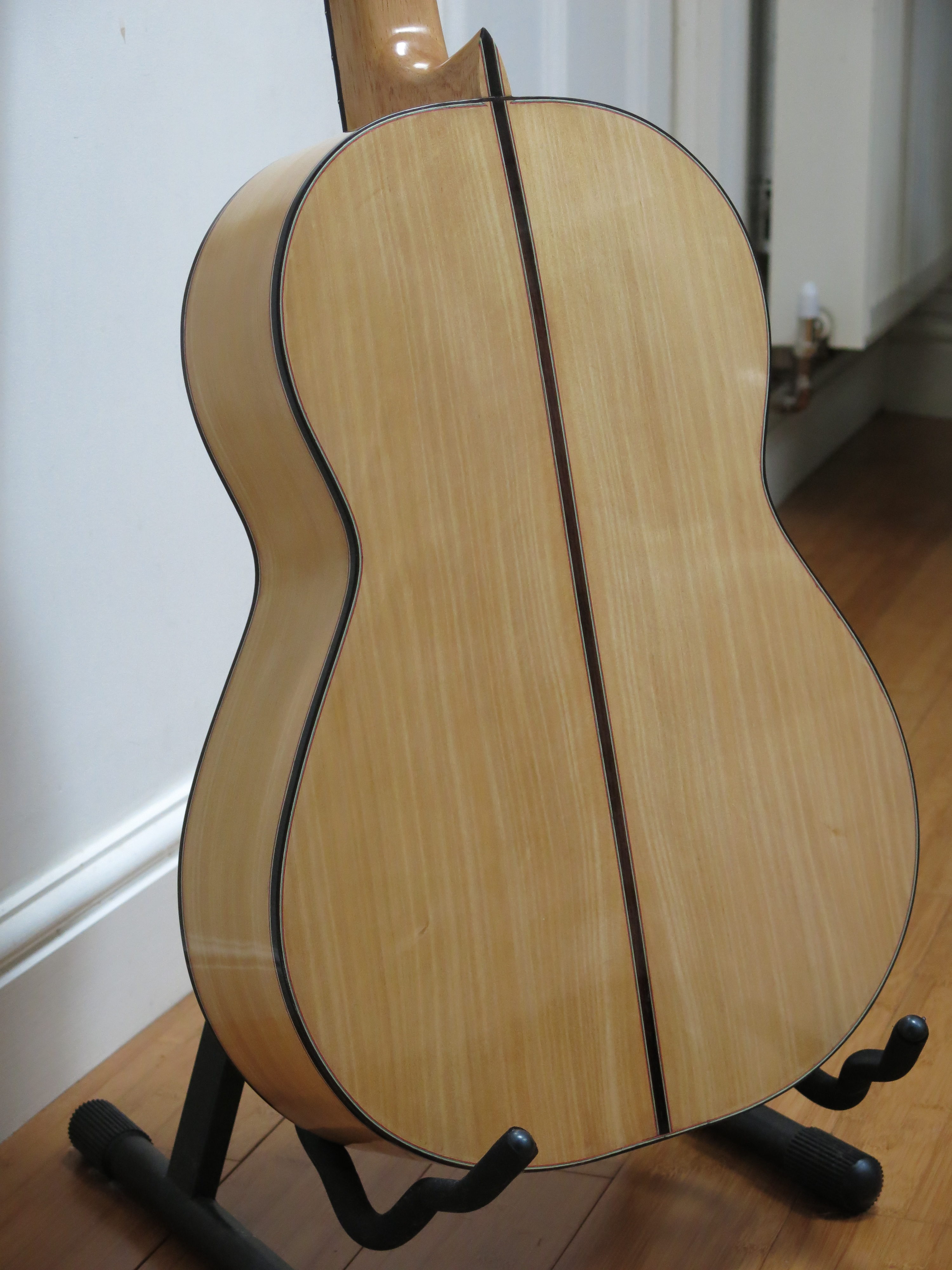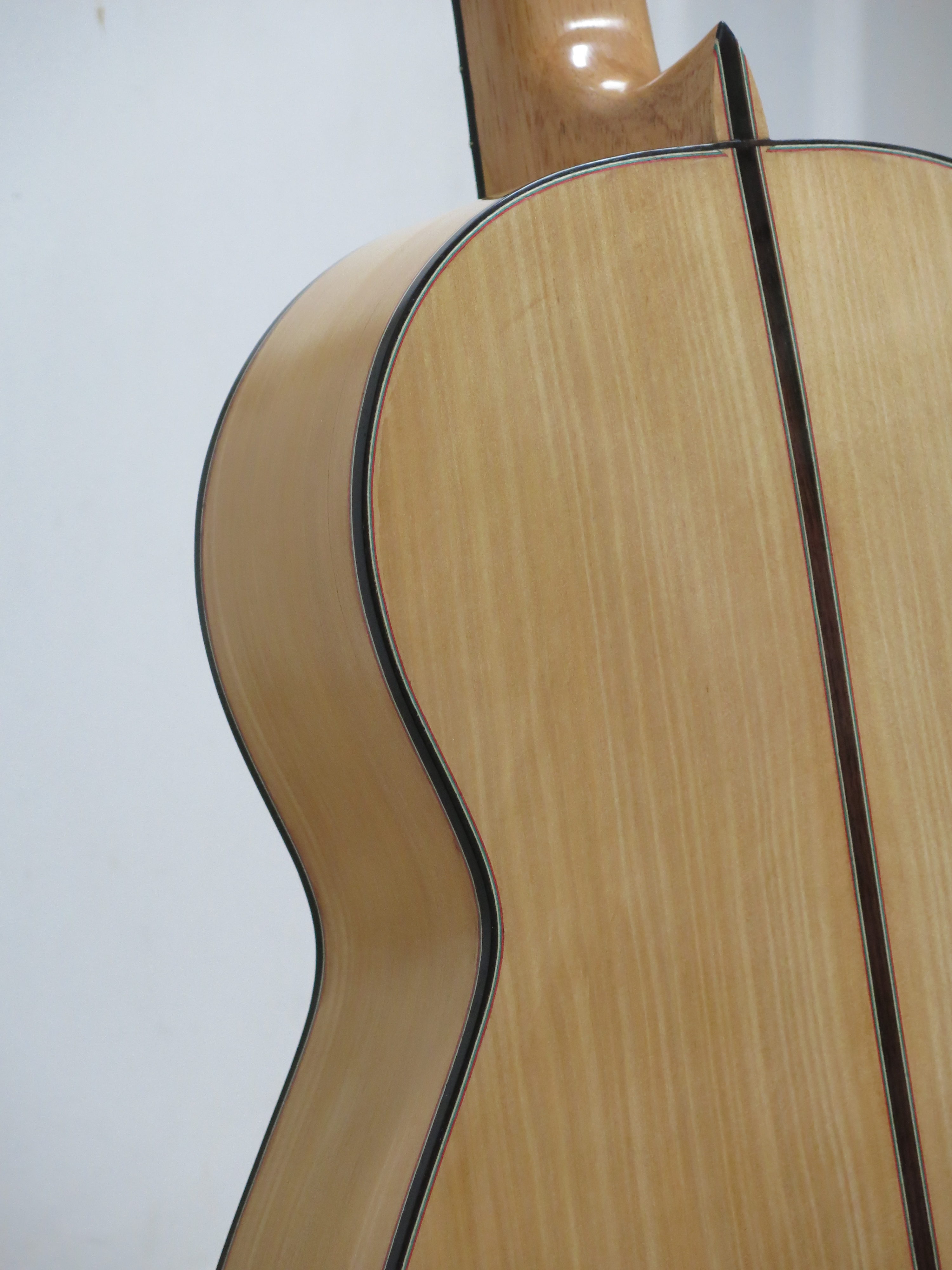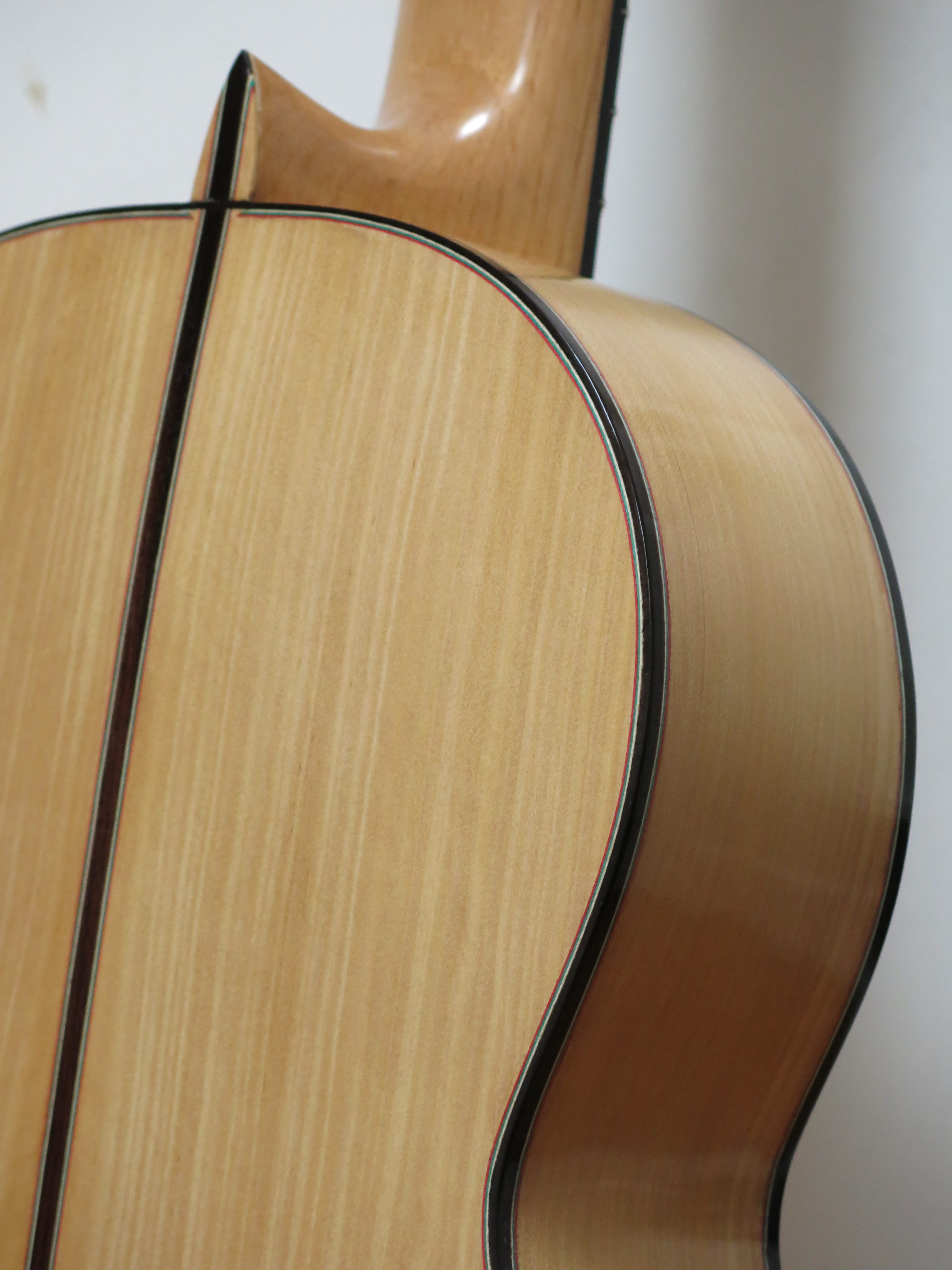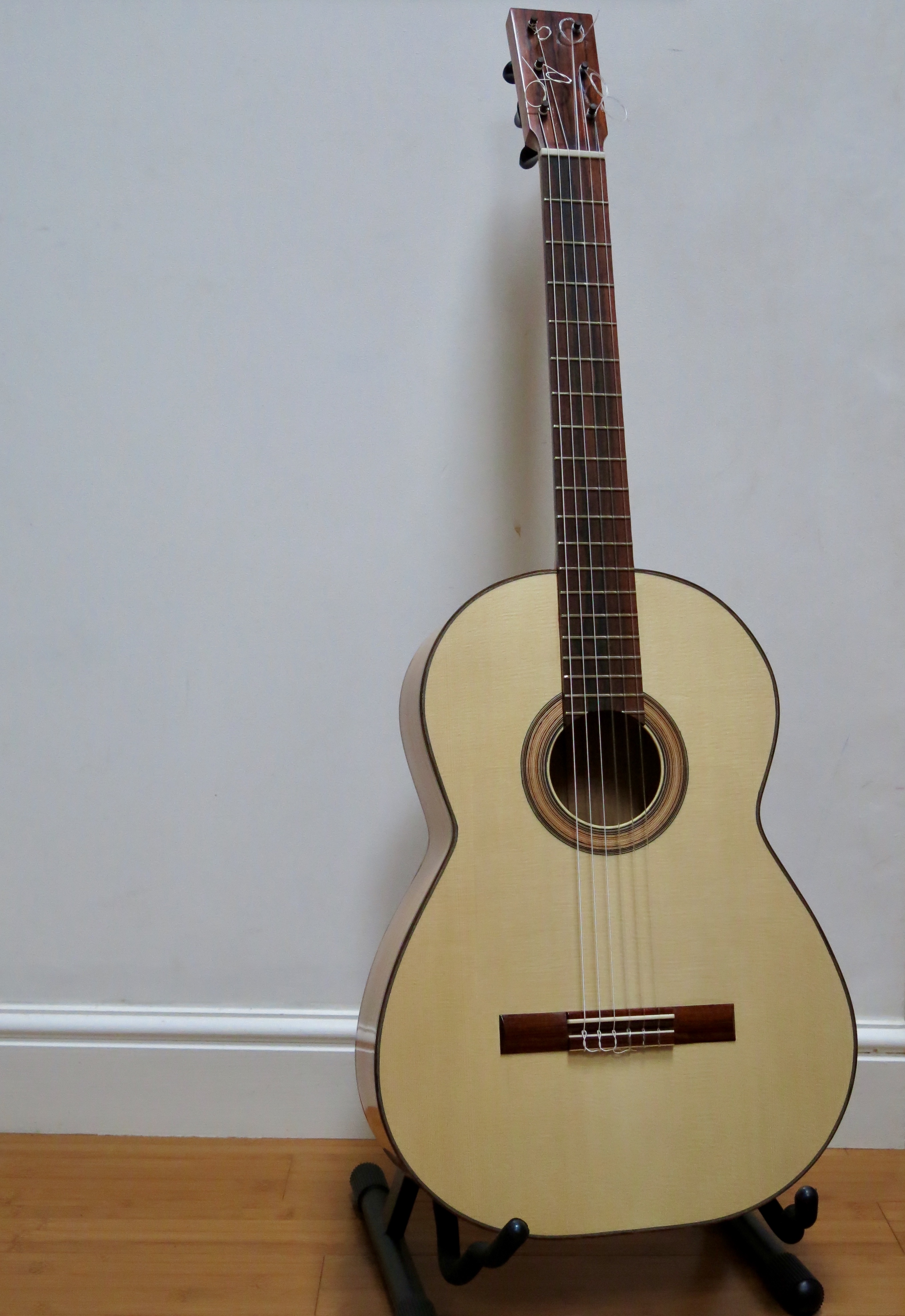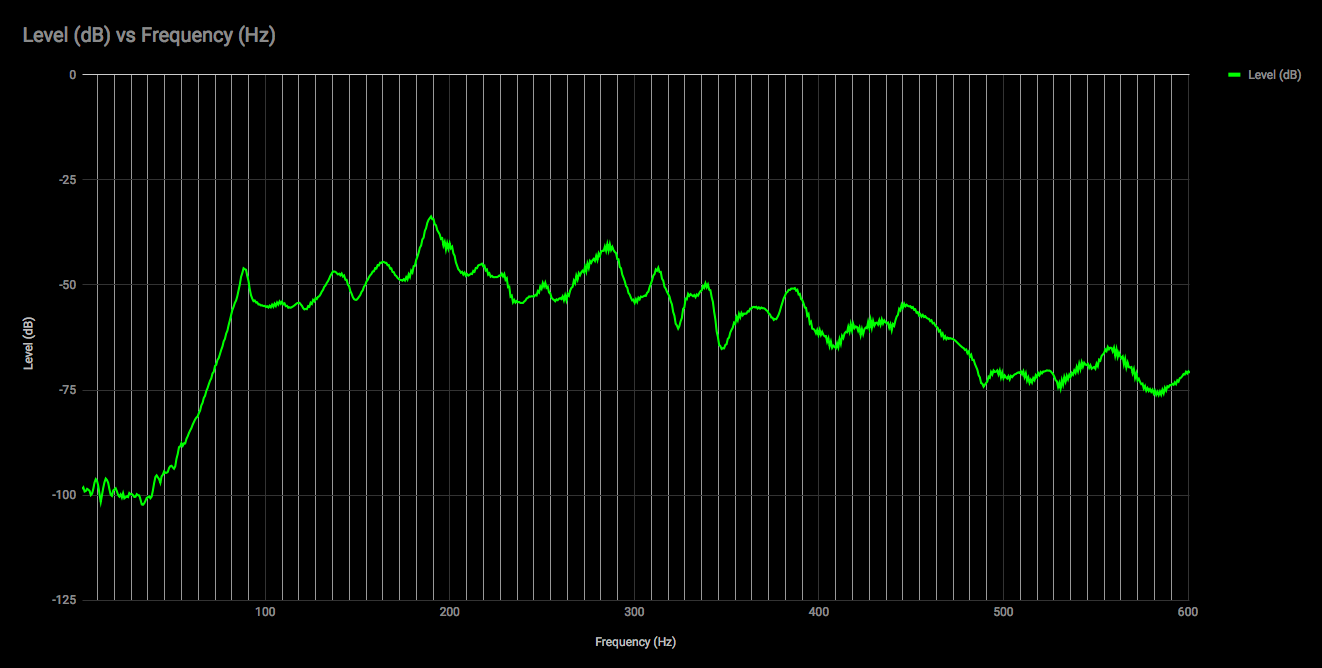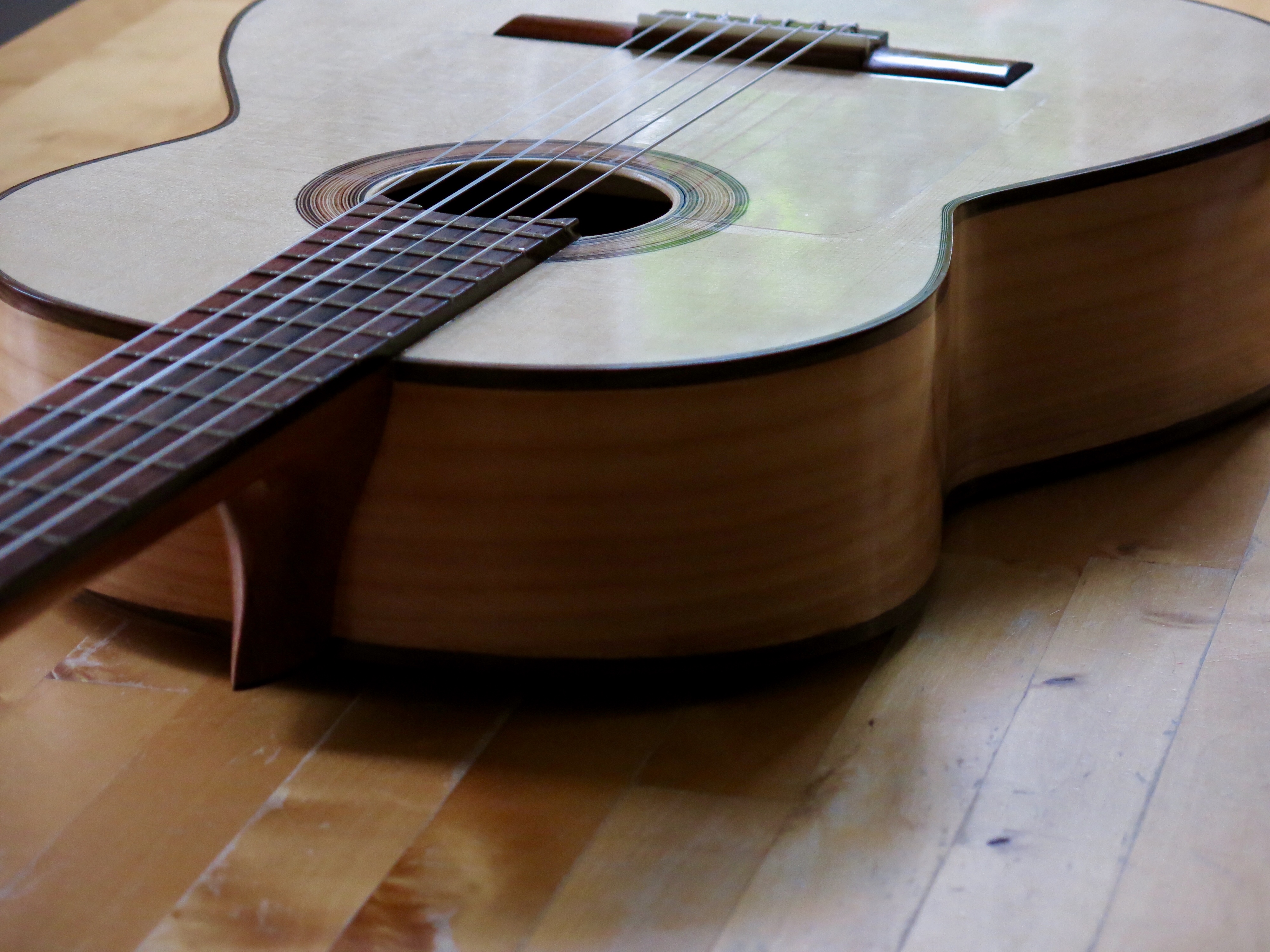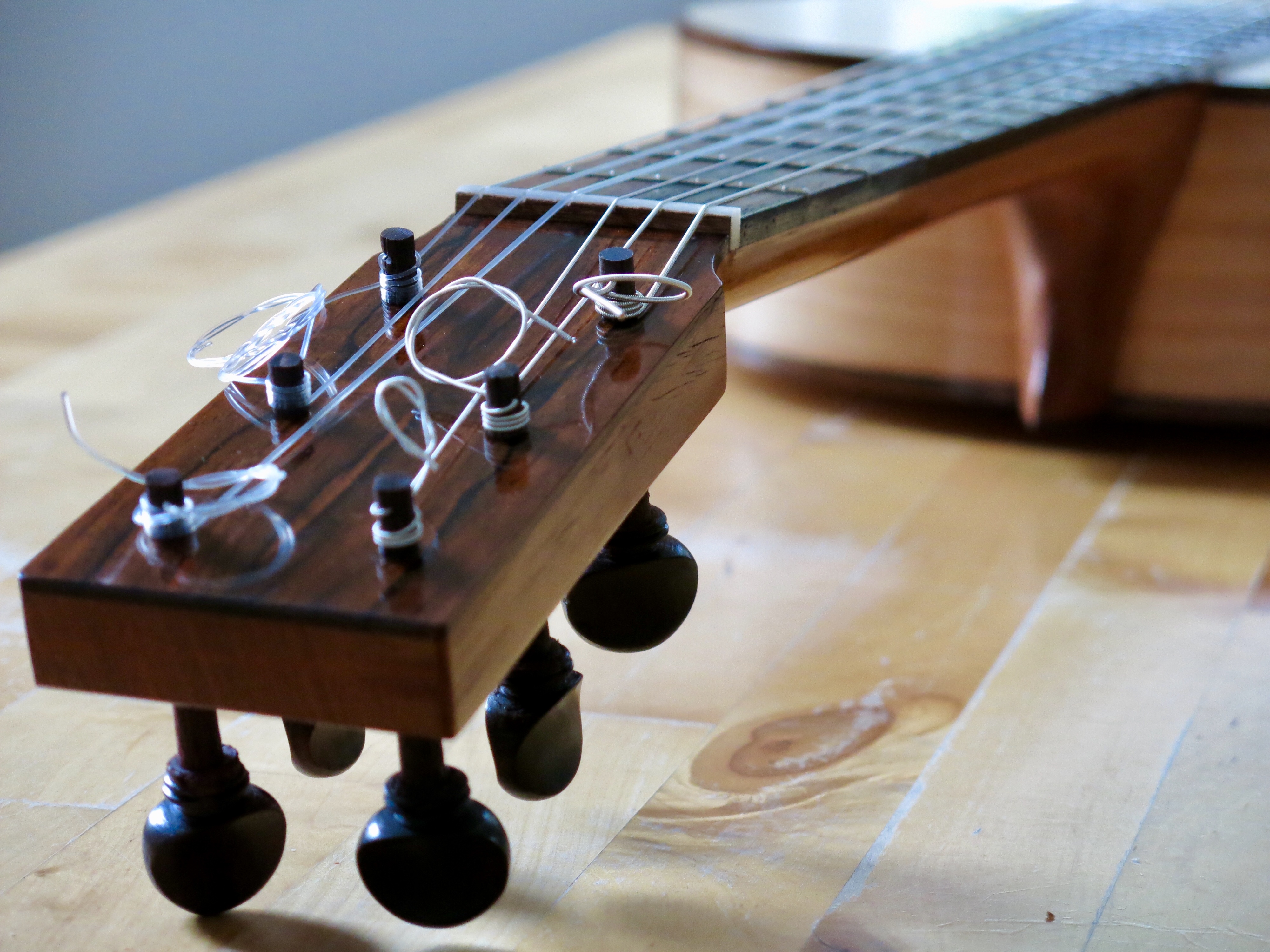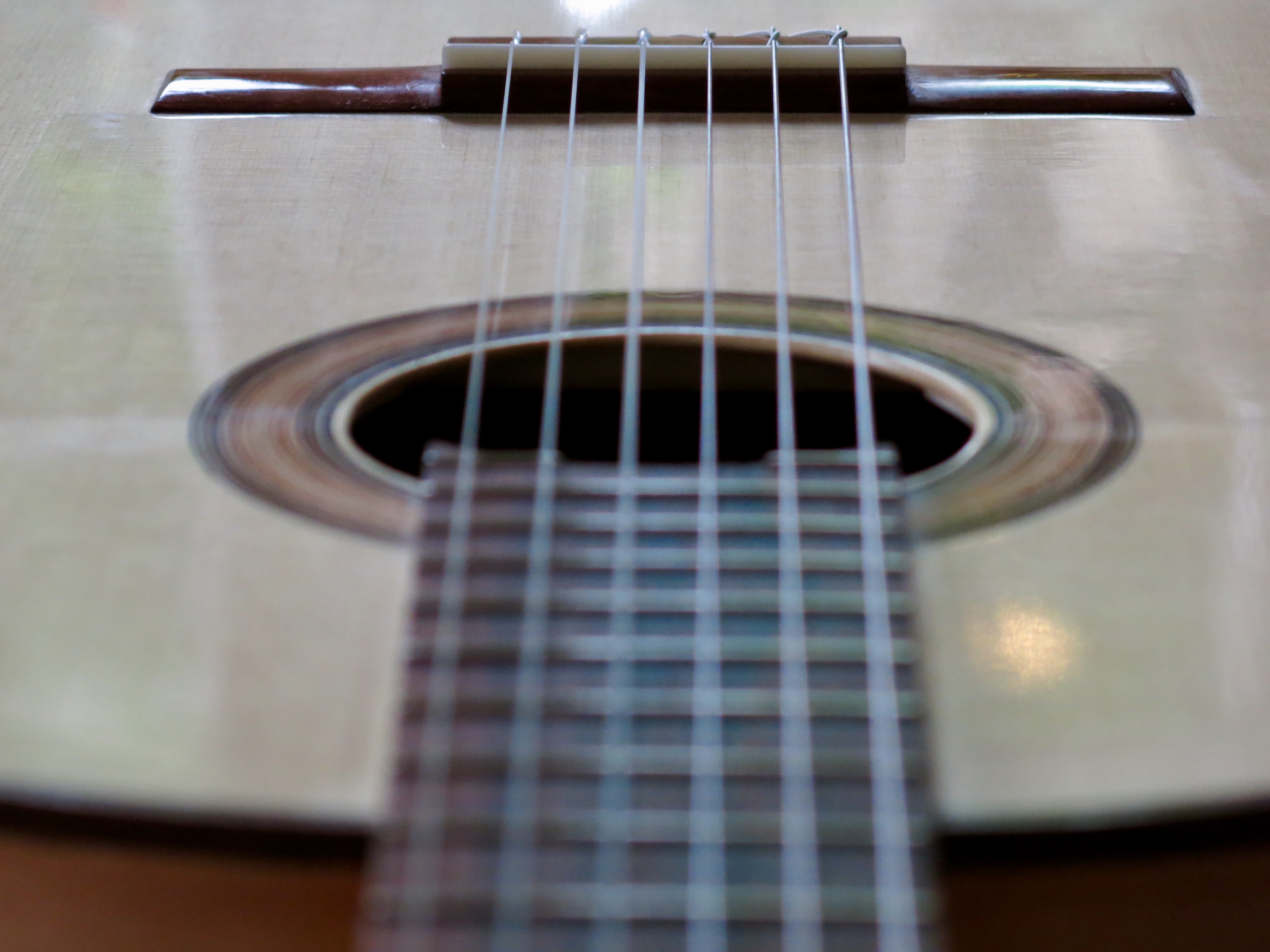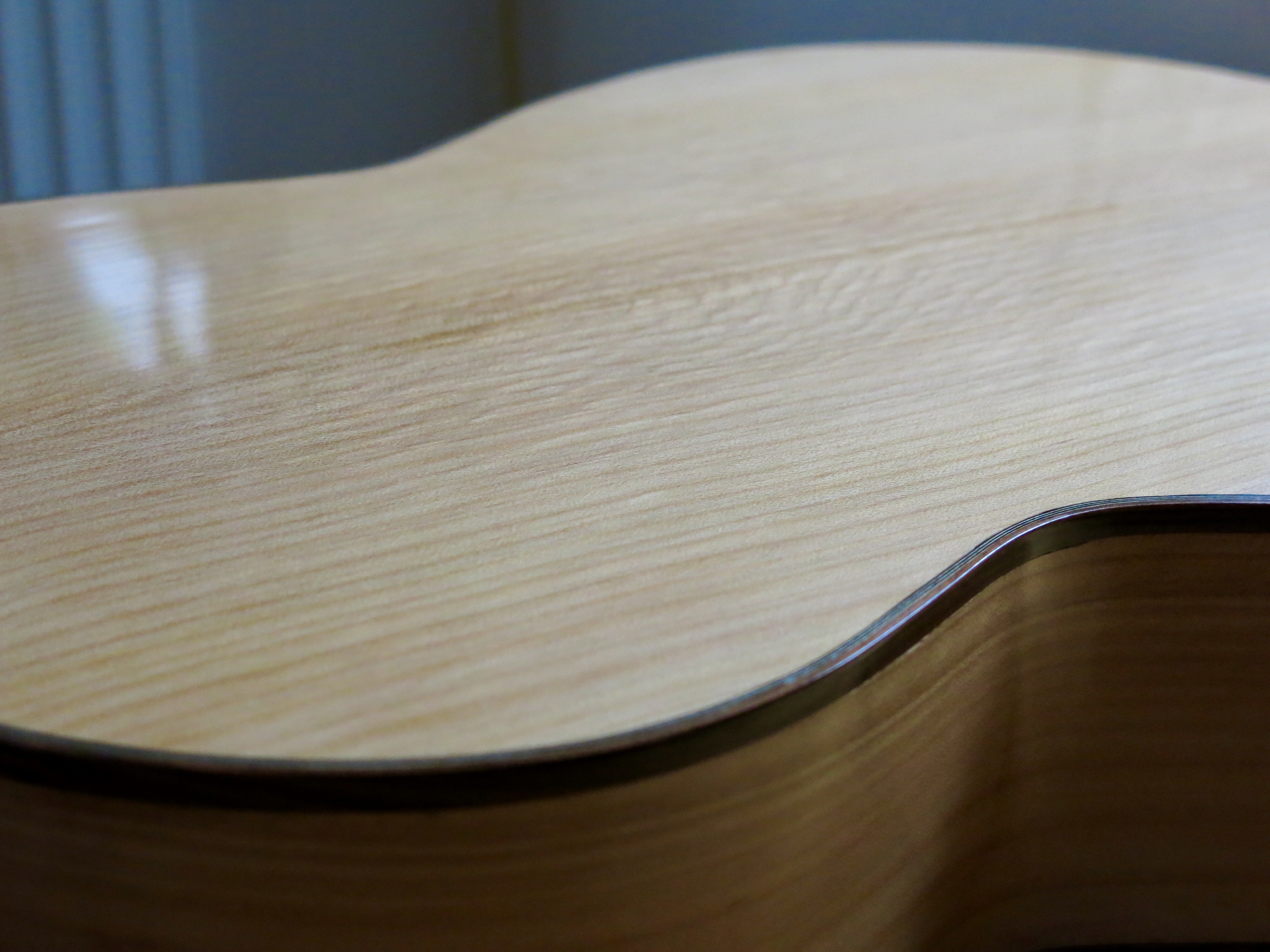Some of these notes were eventually turned into a journal article for Workplace: A Journal for Academic Labour.
“The subjectivity currently produced by academic labour warrants investigation.” (Moten and Harney, 1998: 155)
“In fact, the subjectivity produced by this particular production process cries out for investigation.” (ibid: 157)
Real abstraction
I am writing a paper on ‘academic labour‘ – well, I have been for some time now – and I’m beginning to get a sense of the literature in this field of scholarship. My approach to understanding academic labour is to try to adopt Marx’s social theory and method; to first understand labour abstractly and then, having done so, to examine and explain the way academic labour appears concretely at a particular moment in time. Ideally, it is a dialectical process of both deduction and induction; one which asserts that capitalist society is structured by a “quasi-independent logic” (Postone, 1993) whereby socially constructed abstractions have real concrete existence and power over people (i.e. “real abstraction”). What I’m finding is that the literature on academic labour largely focuses on the latter approach (i.e. attention is give to the concrete labour process) while rarely reaching the former (i.e. abstraction), let alone being grounded in it. One of the problems with such an approach is that the “hypostatisation of the concrete” (Postone, 1986) is a form of reification which more often leads to a sense of helplessness, or even worse, fascism. Postone considers this grasp of the abstract as concrete as “an expression of a deep and fundamental helplessness, conceptually as well as politically.”
There is a great deal written about the apparent crisis of academic work, its so-called ‘performativity‘, its precarity, its taylorisation, and in general its violation by a variety of ‘neoliberal’ technologies. I’m increasingly inclined to think that any author whose argument rests on a critique of ‘neoliberalism’ simultaneously reveals the limits of their argument. Simon Clarke once described ‘neoliberalism’ as “a reassertion of the fundamental beliefs of the liberal political economy that was the dominant political ideology of the nineteenth century.” His point in that article is that despite a variety of periodic expressions, the problem that our critique must always be mindful to address is the problem of capital. When the problem is deemed to be ‘neoliberalism’, attempts to critique it are likely to remain as superficial, unscientific and moralistic as neoliberal theology itself.
Why, I wonder, is this the case? As I indicated above, I think the issue is largely methodological. On this point, I have found Moten and Harney (via Stuart Hall, via Marx) helpful. They point to four approaches to the study of capitalist societies:
- There was the practical knowledge of businessmen about how the market worked, a knowledge that proved true because it made them rich.
- There was the vulgar propaganda of 19th century economists and politicians, who spun theories out of this practical knowledge to defend it, and whose knowledge was also true to the extent they were able to dominate this society with their (to Marx) crude schematic of how the market worked.
- There was theoretical work of classical economists like Smith and Ricardo, whose more sophisticated and in-depth analysis of the human conditions produced by the market Marx admired as a truer picture of the historical moment of capitalism from the market’s vantage point.
- There was Marx’s own truth, that human conditions under the sway of this market could only be understood by going beyond the market, historicizing it and completing it with a picture of the production process off-stage that made the market possible.
The point that Moten and Harney make, which I think is correct, is that most critical analyses of academic labour identify the problem somewhere amidst the first and second levels of analysis; that is, the problem is (1) the conditions of the labour process (e.g. its precarity and expressions of performativity); or (2) the ideologies which support and maintain that labour process: ‘neoliberalism’.
Clarke’s short article can be read as an attempt to shift the critique away from these relatively superficial levels of analysis, to a more foundational understanding of the problem (3) and its revolutionary, scientific critique (4).
Moten and Harney make this clear, too.
“It would fall to us then first to avoid our talk of a crisis becoming the vulgar knowledge of these conditions. We should avoid taking this practical knowledge and trying to translate it straight into a theory of conditions. Instead we have to take the further step of exploring the theory of conditions already constituted for us. This is what Marx, according to Hall was trying to do with Smith and Ricardo. From there we may be ready to give our own reading. What is important about looking at labor conditions in this way is that we can avoid suggesting that these subjectivities are based on false ideas, and instead see them based on different ways of thinking these conditions. But at the same time, we can avoid building our own politics on folkloric or customary images and practices of the previous generation.”
This section in their article is titled ‘Abstracting Academic Labour’ and it seems to me to be an implicit reference to the method undertaken by Marx, which was to “rise from the abstract to the concrete“.
The danger, as Moten and Harney point out, is that if we only remain attentive to the concrete conditions of the labour process and their ideological counterpart, then we are likely to build a politics which responds to the “vulgar” propaganda of ‘neoliberalism’ and its apparatus rather than being grounded in a more fundamental, immanent critique of “the production process off-stage”; what Marx referred to in his chapter on the ‘Buying and Selling of Labour Power‘, as the “hidden abode of production”.
“Accompanied by Mr. Moneybags and by the possessor of labour-power, we therefore take leave for a time of this noisy sphere, where everything takes place on the surface and in view of all men, and follow them both into the hidden abode of production, on whose threshold there stares us in the face “No admittance except on business.” Here we shall see, not only how capital produces, but how capital is produced. We shall at last force the secret of profit making.”
Moten and Harney rearticulate this in the context of higher education:
“Away from the public sphere where ideas of higher education, economic expansion and contraction, and citizenship rule, another way of interpreting conditions becomes possible. Those conditions are darker both because they are hidden from the airy world of the public sphere and because they include violent forces like industrialization, central planning, proletarianization, and struggles against capitalist relations. This is to say that another way of understanding this golden age is not so golden, but it may be a way to build a better theory of these working conditions. We might understand the expansion of the university as a key component of the kind of central planning undertaken by the United States in the Cold War, as several recent books make clear. This involved turning the university from an elite support system for American ideology into a central factory for the mass production of that ideology hand in hand with mass production of social and scientific knowledge utilized to further American imperial aims in this period. This meant in turn, the massifying, that is the proletarianization of the workforce involved.”
A ‘golden age’ of individualism?
In an article published last year, I made a similar argument about this expansion of the university, pointing to the gradual process of valorisation within the US academy, which can be divided into four stages:
- Land Grants (late 19th c.), which provided federal funding for the establishment of the first research universities. Attached to this was the practice of academic consultancy to industry;
- The patenting of research (early 20th c.), whereby universities hesitantly and gradually, over several decades, internalised the idea and processes of commercialising research, culminating in the 1980 Bayh-Dole Act;
- WWII and Cold War funding (mid 20th c.). The establishment of government funding agencies and the military-industrial-academic complex;
- Venture Capital (mid 20th c.), as a model of issuing capital to transform publicly-funded research into commodities.
In that article, I also noted the various contradictions within the academy brought about through the increasing efforts to valorise its product over the decades:
“The reproduction of hacking as a form of academic labour took place over many decades as academics and their institutions shifted from an ideal of unproductive, communal science to a more productive, entrepreneurial approach to the production of knowledge. A such, I view hacking as a peculiar, historically situated form of labour that arose out of the contradictions of the academy: vocation vs. profession; teaching vs. research; basic vs. applied research; research vs. development; private vs. public; war vs. peace; institutional autonomy vs. state dependence; scientific communalism vs. intellectual property.”
One of the contradictions that I missed was that of individual vs. social production of knowledge; that is, the idea(l) of the intellectual craftsperson and the actual social configuration of labour within the university. Moten and Harney make much of this point in their article. This distinction between individual and social, co-operative labour within the academy is at the heart of the problem of capitalist work. Many of us working in the Social Sciences are familiar with C. Wright Mills’ essay, ‘On Intellectual Craftsmanship‘, which begins: “To the individual social scientist who feels himself a part of the classic tradition, social science is the practice of a craft.” One of Mills’ concluding points of advice to young academics is: “Stand for the primacy of the individual scholar; stand opposed to the ascendancy of research teams of technicians. Be one mind that is on its own confronting the problems of man and society.”
Moten and Harney develop a critique of this “dream” of ‘intellectual craftsmanship’ and the ‘Golden Age’ it increasingly represents. They do this by discussing craftsmanship as a mode of production in which the individual brings his wares to the market, “where a student or the public could see directly the value of his work, where the author stood behind his work.”
“The fact of the student and the public told the craftsman that he had been gathered with other craftsman, as a kind of class, a class that was distinguished by being neither student nor public, and by the work he produced. And at the same time, that work was responsible for the health of both student and public. Each classroom, each office, and each book held the imprimatur of this individual’s contribution to a healthy public sphere.”
In contrast and opposition to this view of the academic, Moten and Harney focus on the actual practice of academic labour in capitalist society as a collective endeavour:
“Here the tools of academic labor are only useable in common. Work is not only meaningless if others are not also engaged in it, but impossible, their being no tools to use. What is produced is produced as a commodity, it circulates and is realized in publishing, awarding grades, and getting and keeping jobs. Moreover the production, circulation, and realization of this knowledge is not provoked primarily by the professor, but by the students who do most of the work of academic production. And that production, circulation, and realization is itself difficult to sort out. Is a professor lecturing on the history of sociology producing knowledge, circulating it, or even realizing it? Is the student in turn only realizing that knowledge or in fact also producing new knowledge, and circulating this new knowledge. We might call this the disarticulation of knowledge production, and when we put it together with the way professors depend on each other to produce even the most singular work of scholarship we discover a social world of making and sharing knowledge. Now if we take this social world but also give it away, what do we have? This is to say if this social world is not under the control of those who make it social, what conditions obtain? If this world is centrally planned, then exposed to a price-making market, and then once again organized to support that central planning or that market, what kind of abused subjectivity does this produce in the academic worker?”
Moten and Harney are critical of the “vulgar” theorisation of academic labour which views the university as a market, either a romanticised one in which “a special and limited brotherhood” of individuals offer their wares, or that of a centrally planned factory which produces and circulates knowledge as a commodity so as to realise exchange value. Both market-led perspectives, they argue, reveal an internalisation of a production line, “from that golden age when we cared not to see we were part of a centrally planned knowledge factory, to what we might call the internalization of a cybernetics of production.” In our resistance to the university as a factory, this internalisation causes both perspectives to view academic labour as a position rather than an activity.
From being to doing
This is something they argue in their book chapter, ‘Doing Academic Work‘. There, they reiterate their criticism that academics talk (and write) critically about the conditions of their work but also set themselves apart from most other workers in that they disavow both the “mutual interdependence and the sociality of her or his product.” Moten and Harney’s position is that “most professors in the United States are part of the service sector proletariat”.
“There is thus no need to romanticize the relationship between professors and other working people, no need to agonize over the right channel for some connection to labor in other forms. The connection is material. Professors as teachers, writers, and researchers work for someone else producing what is explicitly a commodity as part of a system of industrial capitalism that relies on their surplus labor just as much as it does on the surplus labor of mail carriers, computer technicians, maintenance staff, or marketing specialists. But the subjectivity currently produced by academic labor warrants investigation-for clearly, most professors would not see themselves as described in these opening statements.”
In short, they suggest that the subjectivity of academics is one which tends to view academic work as a position, rather than an activity and this leads them to focus not on what it means to be an academic worker but what it means to do academic labour. This focus on the doing or activity of academic labour is the starting point for understanding academic labour as a form of social production that extends both across and outside the academy.
“For although academics can conceive of themselves socially in their common conditions of work, they cannot, for the most part, conceive of themselves socially in their actual production. They may have to put up with similar constraints, such as crowded offices, broken copiers, and low salaries, but these are regarded too often as relations to things and not to another person. Politically we could hope that this initial sense of common conditions could lead to a deeper sense of participation in a common production process, one that they themselves give its particular social nature, as bearers of definite social relations. But neither the recognized conditions around work nor the unrecognized conditions of a common production process have been enough for the subjectivity of academic workers to break into a collective agency. In fact, the subjectivity produced by this particular production process cries out for investigation.”
Starting from the point of ‘doing’ as social labour, rather than ‘being’, reminds me of John Holloway’s extensive development of this concept:
“We start from doing. Doing is the basis of any society, including societies based on exploitation. Doing implies power, the power to do, the capacity to do. This power is a social power. The doing of one person implies the (simultaneous or previous) doing of others. Doing is always part of a social flow of doing in which that which has been done by one person is the precondition of the doing of another and the doing of the latter is the development or reproduction of the doing of the former, in which the doing of one flows across time and space into the doing of another and there are no clear boundaries between the doing of one and the doing of another.”
Moten and Harney’s argument points to a possible reason why most critiques of academic labour reside at the level of the labour process fetish, within the discourse of vulgar theory, and concerned with the minutiae of our conditions rather than our abstraction. It is because of the absence of a collective agency among academics, one that is grounded in the common production process of the university as a social, co-operative endeavour, that we remain preoccupied with our individual position in the ‘marketplace of ideas’, over and above the way we reproduce ourselves through an active dependence on other workers and students.
This emphasis on the social, co-operative character of work in the university/factory is not to say that it somehow defies the capitalist mode of production, but rather that it exemplifies it. Recall Marx’s chapter in Capital on ‘Co-operation‘, where he states:
“When numerous labourers work together side by side, whether in one and the same process, or in different but connected processes, they are said to co-operate, or to work in co-operation… Co-operation ever constitutes the fundamental form of the capitalist mode of production.”
Moten and Harney draw from Burawoy’s term of the “social relations in production” rather than the “social relations of production” to underline this point. What is especially interesting about their argument is that this social labour is not simply constituted by academics, but by both academics and students labouring together.
The value form of the teacher-student relation
A key point in their argument is the need to understand the relationship between the production of knowledge, its circulation and its realisation (of value) in the university. To understand this relationship, we must first acknowledge that
“two kinds of products leave the university: knowledge sold directly as know-how, enlightenment, and entertainment, and knowledge embodied in the student-product. Each has an exchange value, but the first product is most easily traced to the orders and invoices of firms and states, by which we mean its value is realized and measured more easily. The second product is tied to the ideological state apparatus where the difficulty of realizing its value in fact propels it.”
Of course, attempts to measure the value of the knowledge embodied in the student product are made through a variety metrics, including graduate incomes and the measure of periods of unemployment, for example. Moten and Harney are right to point out that our compliance in speeding up our productive activity through publishing more articles, editing more books, producing more grant applications and, I would add, accepting a greater ratio of students, all “situate academic labour very squarely in the category of mass production”. As such, I am reminded here of Marx’s analysis of surplus value which showed that
“The value of commodities is in inverse ratio to the productiveness of labour. And so, too, is the value of labour-power, because it depends on the values of commodities.”
The increase in total output is likely, at least initially, to realise an overall greater amount of surplus value for the university, but when it is the student’s labour power that is being (re)produced, the decrease in the value of their primary commodity is cause for concern.
A key point that Harney and Moten want to make is that in the university, “the production of knowledge seems to have elements of disarticulation right inside it.”
“Consider the following questions: Where is the site of production in the classroom? What is produced? Who produces, who consumes, who circulates? Any answer appears to confuse not only the point of production but also the bearers of labor power by generalizing production through consumption and circulation. The professor produces the lecture but tries to realize its value in the quality of the questions he receives after. The students consume the lecture but generate questions. The professor circulates already produced knowledge that he has consumed for his lecture notes. The students produce knowledge on exams and circulate the knowledge of the professor through these exams. The professor consumes the knowledge of the student on the midterm exam in order to produce a new exam at year’s end. At no point is any producer not simultaneously a consumer, and at no point is production not subject to the immediacy of circulation. Most important, if value is being realized in any of this circulation, then it is being realized in all of this circulation. The argument could thus be made that both professor and student (not to mention the absent labor of the graduate tutor) are coworkers in the production of knowledge, and that all are involved realizing the value of this work. Such an argument would challenge our sense of academic labor, however, in that it would acknowledge that the majority of academic workers, and of surplus labor, comes from students and not from faculty, returning us to the point that if academic labor is an activity and not a position, there is no reason to look for it only among academics. It also has implications for the politics of production, of course, transforming students from raw material worked upon by faculty to workers at the point of production. But in this argument, is the alleged circulation and realization of value during production any different from steelworkers talking to one another about making steel? It is. In academic labor there is often no product outside of the discourse about that product. This is so all the time in teaching, and often in research. Where a distinct product is visible in a new chemical compound or piece of machinery or a new human relations model, once again it escapes a purely discursive life by its articulation with other sites of production where its value can be conventionally realized.”
This analysis of production and consumption within the university is not concerned with the conditions of work, nor the details of the labour process itself. It is concerned with understanding the circuit of capital in the form of the knowledge commodity and how the labour power of academics and students is the source of the value of the university’s product. I am reminded of Marx’s notes in his manuscripts:
“Production, then, is also immediately consumption, consumption is also immediately production. Each is immediately its opposite. But at the same time a mediating movement takes place between the two. Production mediates consumption; it creates the latter’s material; without it, consumption would lack an object. But consumption also mediates production, in that it alone creates for the products the subject for whom they are products. The product only obtains its ‘last finish’ in consumption.”
This seems to complement Marx’s later assertion that value is only realised in the form of exchange value and exchange value necessarily requires both a producer and a consumer who possess commodities they wish to exchange, relative and equivalent to each others’. There is no value in a commodity that is not consumed. In fact, there is no commodity when the product or service only acquires a use-value and not an exchange value, too. In order for value to be expressed through exchange, Marx argued that there has to be both relative and an equivalent forms of value in the equation:
“The relative form and the equivalent form are two intimately connected, mutually dependent and inseparable elements of the expression of value; but, at the same time, are mutually exclusive, antagonistic extremes – i.e., poles of the same expression. They are allotted respectively to the two different commodities brought into relation by that expression.”
Marx goes on to show how in the simplest form of exchange, commodity A is relative to its equivalent, commodity B. The value of the use-value A (what it is worth) is realised in the exchange of its equivalent B. Likewise, the equation can be reversed so that the value of the use-value B is realised in the exchange of its equivalent A. In both equations, the exchange value is the form of value of each commodity. I will elaborate on this important point another time [here it is], but needless to say, Moten and Harney provide a very useful way in to thinking about the process of knowledge production in terms of Marx’s labour theory of value. They do not attempt a full explication of it, but enough to suggest that the labour power of the academic and the labour power of the student must be dialectically analysed.
What is especially interesting to me about Moten and Harney’s line of argument in this book chapter is how in some respects, it preceded our work on Student as Producer, and on one occasion, they actually use the term themselves:
“Many of us know academic workers who are dedicated to helping students analyze and critique society where the object of that critique is actually existing capitalism. The academic workers are admirable for their faith in the human nature of these students and for their understanding of the subject of any such critique (what we would call socialism). Such workers are capable of viewing students as a social group, based on age, race, income, or their superficial place in the education system. They may attempt to teach anti racism, feminism, anti-imperialism, or pacifism. But it is necessary to be rigorous in critiquing the analysis that informs this position. The production of knowledge requires the student as producer. The student must manipulate the raw material of thought. She must expend labor time in this process. She must and she does add something to the product that the academic worker has not, no matter how insignificant, for the commodity to be formed. She is, therefore, a worker in the production of the teaching commodity. Now it is possible for an academic worker to hope for an agency from students not based on their position as workers, as one can hope for such agency among people in general. But it does not seem to us possible to devise a strategy for that agency which does not recognize, first, that the very act of strategizing implicates the students as workers and, second, that any strategy ignorant of these material conditions of production is at least incomplete.”
Now, this is very interesting, not least because it largely concurs with Student as Producer as it has been developed by my colleague Mike Neary, but also because I think Moten and Harney’s analysis of academic labour helps enrich Student as Producer as a critique of academic labour and the idea of the university. They argue persuasively that academics are continually “repelling” the embodied “threat” that the student’s labour power is ultimately equivalent to their own in the production of knowledge, and this resistance is undertaken by “holding steady” the moments of circulation and realisation “as categories of individuality.” In this way, academics define students as consumers in the exchange relation. It is, in effect, an act of hypostatisation where the academic isolates their work and concretises it as an intellectual craft, and in turn, isolates the student as an individual consumer of the academic’s knowledge product. Turning the student worker back into the student is an attempt at creating “distance and difference” between the two individuals, when in fact, in the capitalist university, both academic and student are relative and equivalent forms of the labour power commodity, each with a concrete and abstract character. Moten and Harney discuss all of this using the example of affirmative action, but I think that what they are implicitly attempting to reveal is Marx’s labour theory of value in action and our constant attempts to deny its inhumane reality where, as Holloway states, humanity “exists in the form of being denied” (Holloway 2002:213). To assert one’s individual identity as an academic is to try to assert one’s dignity. To extend an analysis of academic labour only so far as the conditions of that labour is an understandable outcome of trying to preserve some dignity within an inhumane process of real abstraction.
But it is not enough.
